- 3 convertible positions
- 10-year lifespan
- Ultra-portable design
- Hideaway cup holder
- Setup in seconds
- Highly portable
The bottom line: Graco Nautilus 65 provides years of comfy rides
Graduating to a booster seat is exciting for your little one, but it’s important to find a seat that fits comfortably. Before you buy a new car seat, be sure your child has completely outgrown their current one and can stay seated for a whole car ride.
The best booster seat suits kids at all stages and changes with them as they age. That’s why our top pick is the Graco Nautilus 65 which transforms from a harnessed booster (for children 22–65 lb.) to a high-back booster (30–100 lb.) to a backless booster (40–100 lb.). It costs a little bit more up front, but it’s a good deal for three car seat boosters in one.
The Graco Nautilus has a 10-year lifespan and a wide weight range, so it should last your child from their preschool years through elementary school. It’s steel-reinforced, side-impact tested, and lined with EPS (expanded polystyrene) foam too, so it’s no surprise it exceeded crash test standards.
Best booster seats
Compare the best booster seats
| List Price * |
| Weight Range |
| Lifespan |
| Machine Washable |
|
Best overall
|
Best backless booster
|
Best for travel
|
Most comfortable ride
|
| Graco Nautilus 65 | Graco Backless TurboBooster | Mifold Grab-and-Go | Chicco GoFit |
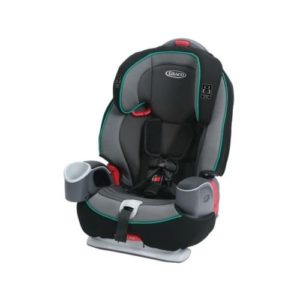 |
 |
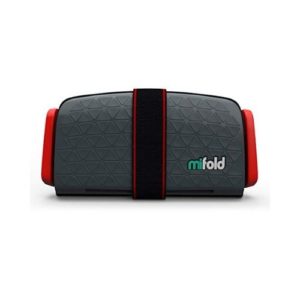 |
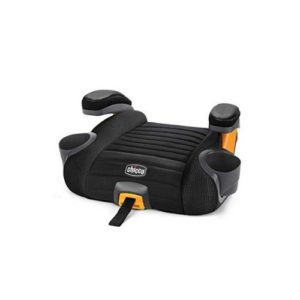 |
| $169.99 | $31.49 | $25.30 | $49.99 |
| 22-100 lb. | 40-100 lb. | 40-100 lb. | 40-100 lb. |
| 10 years | 10 years | 7 years | 8 years |
| Yes ✓ |
Yes ✓ |
No X |
Yes ✓ |
| Yes ✓ |
Yes ✓ |
No X |
Yes ✓ |
| View on Amazon | View on Amazon | View on Amazon | View on Amazon |
Amazon.com prices as of 09/01/20 04:09 pm MST. See full disclaimer.
How we picked the best booster car seats
We started by researching recommendations from professional and federal organizations like the American Academy of Pediatrics and the National Highway Traffic Safety Administration. This laid the groundwork for how we’d compare each booster seat.
There are an overwhelming amount of options when it comes to kids’ safety seats, so we went straight to the source and asked real parents what booster seats they use. We looked further into the brands and models parents recommended first hand and narrowed our options from there.
We dug even further by watching unboxing and installation videos featuring each model we selected. Armed with this information, installation guides, and product specifications, we were able to weigh our options and find the best car booster seats of 2019. Read our full methodology to learn more about how we rate and test all the products we review.
Graco Nautilus 65: Best overall
From daycare to day camp, your kids deserve a booster seat that’s comfy and safe. The Graco Nautilus is a convertible booster that can grow and change along with your child. It has an impressive weight range from 22 to 100 pounds and fits kids up to 49 inches tall (roughly 4 feet).
Pros
- 10-year lifespan
- Machine washable seat
- 3 convertible in positions
Cons
- Most expensive on our list
- Heaviest on our list
In our research, we found that over 75% of reviewers gave the Nautilus a five-star rating. There’s a lot to love about this car booster seat, but at 22 pounds and over $200, it’s also the heaviest and most expensive. If you’re interested in this Graco car seat, we recommend you have plenty of room in your budget and back seat.
Graco Backless TurboBooster: Best backless booster
Backless boosters generally have fewer features because they’re so simply designed, but not the Graco TurboBooster. This car booster seat has adjustable armrests to fit your growing kiddos and hideaway cup holders to store snacks. It’s these little things that make after-school pickups or long car rides easier on the whole family.
Pros
- Hideaway cup holders
- Adjustable armrests
- Easy installation
Cons
- Not aircraft compatible
- No LATCH system
Reviewers have several concerns about this booster seat missing a LATCH (Lower Anchors and Tethers for Children) system that locks the seat in place. The TurboBooster is still safe, but many parents might raise an eyebrow when they learn the LATCH system they’re used to isn’t present in this Graco model. Additionally, this seat isn’t compatible with lap-only belts, so you won’t be able to place it in your middle seat or on an airplane.
Mifold Grab-and-Go: Best for travel
We’d be willing to bet that the Mifold Grab-and-Go weighs less than many of your child’s toys. Designed with portability and ease in mind, the Mifold adjusts the seat belt to your child’s level rather than raising them up.
Pros
- Lightweight design
- Brings seatbelt to your child's level
Cons
- Not compatible with airline seatbelts
It uses adjustable straps with belt guides on the end that fasten to your child’s seat belt. These guides slide on and off the seat belt so easily that your kids can set it up themselves. They just need to take a seat, fasten the belt guides, and buckle up.
This unique booster seat weighs less than two pounds and is compact enough to fit in backpacks and seat pockets. We like the innovative design of this booster seat and it’s a great choice for trips or using in the babysitter’s car.
Chicco GoFit: Most comfortable ride
From visits with the grandparents to carpooling after school, your kids need to get where they’re going comfortably and safely. The Chicco GoFit weighs only five pounds, including the carrying handle and extra layers of padding in the ErgoBoost seat.
Pros
- Ergonomic design
- Weighs 5 lbs.
Cons
- Requires three-point seat belt
We like the ergonomic seat that keeps your most restless kid comfortably in place. This is especially important for backless boosters that use only seat guides and clips to secure your child’s seat belt. Unfortunately, because it requires a three-point seat belt, you won’t be able to take this booster seat on airplanes or place it in middle seats with lap belts.
Before you buy a booster seat
Remember, there’s no rush to transition to a booster seat. The American Academy of Pediatrics recommends kids stay in a rear-facing car seat until at least the age of two.1 After they’ve outgrown their rear-facing car seat, kids should stay in harnessed car seats until they outgrow the height and weight limits.
Most kids won’t be ready for a booster seat until they’re around five or six. The weight and height span for the average booster seat ranges from 40 to 100 pounds and up to 57-inches tall (or around 4 ft., 7 in.). There are different types of booster seats designed for different stages of your child’s life too. Harnessed boosters use a built-in harness system for younger and smaller children, while high-backed and backless boosters work for bigger kids. No matter where your child is in life, make sure their height and weight fit within your new booster seat’s restrictions.
Booster seat FAQ
How long should my child be in a car seat with a five-point harness?
The American Academy of Pediatrics recommends that children stay in rear-facing car seats until age two and a belt-positioning booster seat until they reach 4 ft., 9 in. tall between the ages of 8 and 12.2 While every new step is exciting, these seats are safer for small children. Overall, it’s best to wait for your child to outgrow their current seat before they get a booster. You can find height and weight restrictions online, in the booster’s manual, and often on the booster seat’s box.
Should booster seats have a LATCH system?
LATCH (Lower Anchors and Tethers for Children) systems are more common in infant and toddler car seats, but you can find them in boosters. Overall, the LATCH attachments are more for convenience than safety, allowing you to secure the car seat faster by threading your car’s seat belt through. Booster seats generally use the vehicle’s seat belt system, so a LATCH attachment isn’t always necessary.
Why do booster seats have expiration dates?
Because booster seats and car seats are expensive, it’s tempting to shop for used models or pass them down to friends and family. Unfortunately, car seats aren’t designed to be family heirlooms. Expiration dates keep the tech in booster seats current and safe. These deadlines also account for unseen wear and tear that may occur over the years of use. The expiration dates for most car and booster seats range from 6 to 10 years, covering most of your child’s time in the back seat of the car and until they’re tall enough to use an adult seat belt.
Sources:
1. American Academy of Pediatrics, “AAP Updates Recommendations on Car Seats for Children”
2. American Academy of Pediatrics, “AAP Updates Recommendations on Car Seats for Children”
*Amazon.com list price as of 09/01/20 04:09 MST. Product prices and availability are accurate as of this date/time indicated and are subject to change. Any prices and availability information displayed on Amazon at the time of purchase will apply to the purchase of this product. Safewise.com utilizes paid Amazon links.
Certain content that appears on this site comes from Amazon. This content is provided “as is” and is subject to change or removal at any time.
The post Best Booster Seats of 2020 appeared first on SafeWise.
Aricle source here: Best Booster Seats of 2020
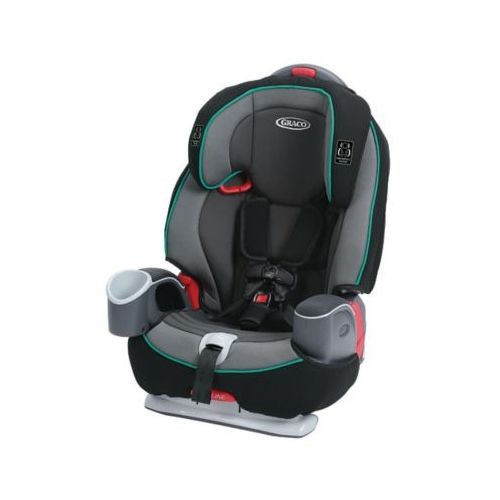
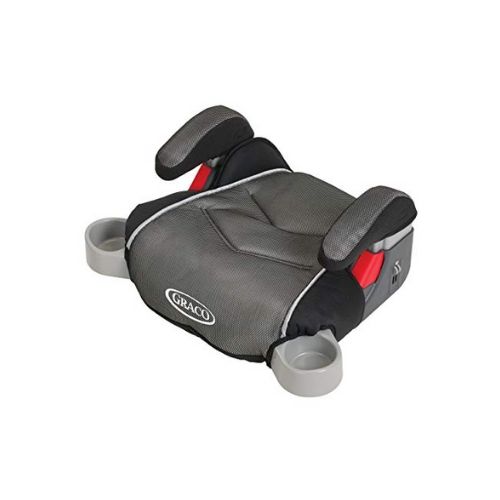
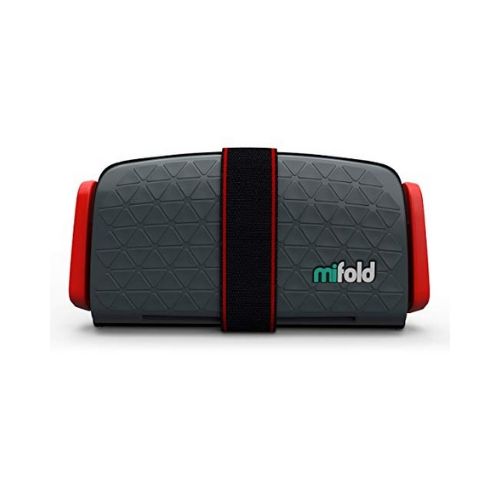

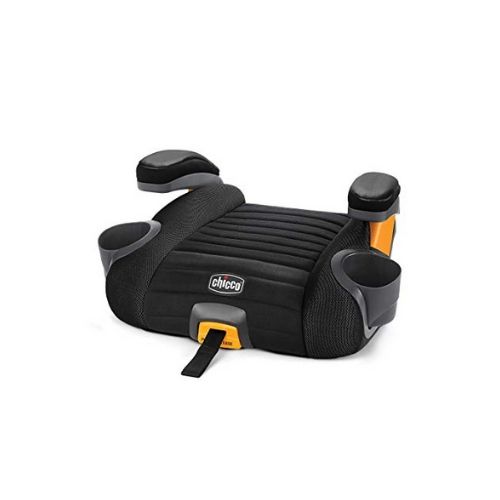
No comments:
Post a Comment